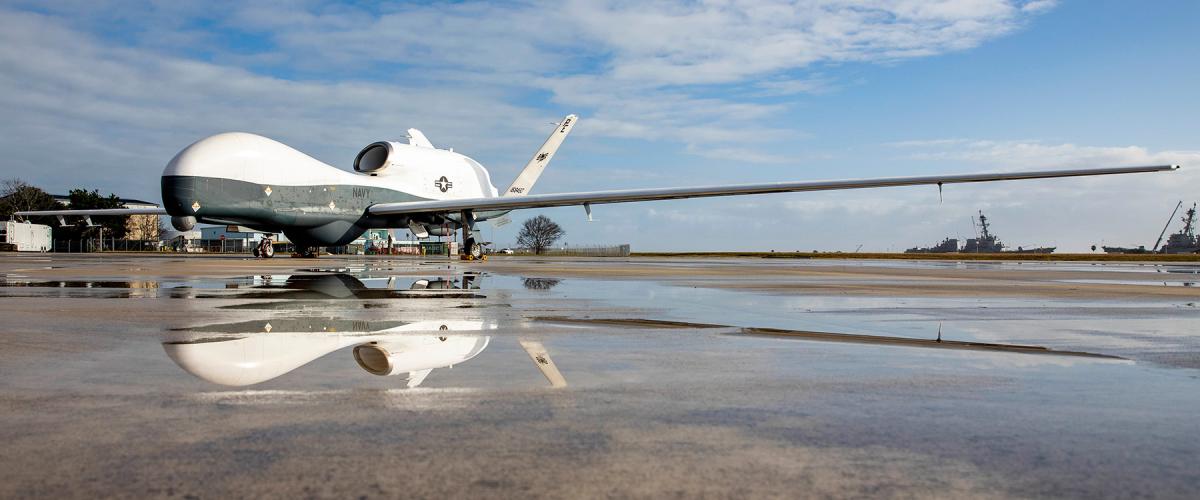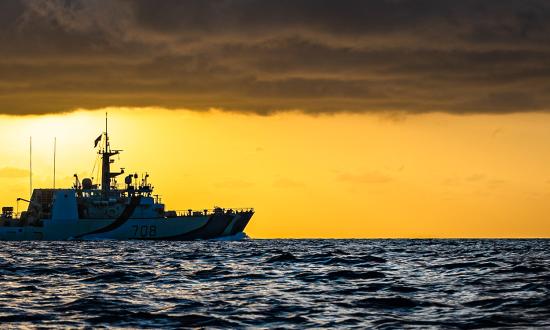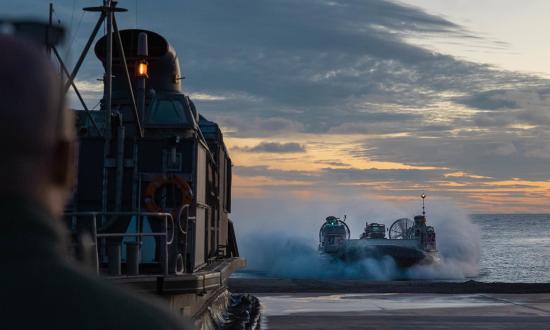The Proceedings team both looks forward to and dreads the information warfare (IW) issue each year. We look forward to it because IW is a rapidly evolving topic that affects every other warfare domain. We dread it, however, because illustrating information warfare is tough. There are only so many pictures of sailors and Marines staring at computer screens can we look at before feeling like our brains have been eaten by malware. At our most recent editorial board meeting, Navy Captain Tom Clarity suggested we use an AI [artificial intelligence] tool to design the cover. So, we did. We used a system called Midjourney, which came up with many options—some good, some not so good, and some just weird—depending on the instructions we gave it. For more on our first foray into using AI, see “Need to Know” by Brian O’Rourke.
This issue includes the winners of the Information Warfare Essay Contest, sponsored by Booz Allen Hamilton. Lieutenant Commander Adam Reiffen, U.S. Navy, took first prize with “Navy Information Warfare Needs Requirements Officers.” Second prize went to Lieutenant Commander Eric Seligman, U.S. Navy Reserve, for his essay, “Changing the Cyber Warfare Leadership Paradigm,” and Lieutenant Commander Greg Porter, U.S. Navy, took third prize with “Run Silent, Not Deep”—lessons from the submarine force in emissions control for the surface navy.
A fourth great article on IW is Marine Corps Major Sharon Rollins’s “Defensive Cyber Warfare Lessons from Inside Ukraine.” Major Rollins was part of a “hunt-forward” team from U.S. Cyber Command’s Cyber National Mission Force that deployed to Ukraine in the fall of 2021 as Russia was threatening to invade its neighbor. The team helped Ukraine defend and harden its critical networks ahead of the Russian invasion, which helps explain why Russia’s expected wins in cyberspace were so minimal.
Many other essay contest winners fill this issue: Midshipmen and Cadets, Naval Academy Capstone, Naval Postgraduate School, Expeditionary Warfare School Lejeune Writing Award, and Diversity & Inclusion. We commend them all to you—and yes, we have started to think about how to ensure ChatGPT is not the winner
of future essay contests. In addition to a plagiarism checker, we will be adding an AI checker. Soon.
Finally, last month I was invited to speak at an investment conference in New York. Most of the attendees had no direct connection to the Navy, Marine Corps, or Coast Guard. They were interested in China, Taiwan, and developments in the western Pacific. I shared some points from the American Sea Power Project, including the contributions from Sally Paine, Nick Lambert, and B. J. Armstrong, that resonated: 65 percent of global wealth comes from or near the sea; 70 percent of the world is oceanic; 80 percent of global population lives near the ocean, 90 percent of international commerce is delivered by ship; and 99 percent of international digital traffic moves by undersea cable. When the container ship Ever Given went sideways in the Suez Canal two years ago, for six days and seven hours, the cost to the global economy was $400 million. Per hour. Take a moment to remind your family, friends, and neighbors, who might not understand the correlation between the Sea Services and the global economy, that free seas are not free and naval power begets economic power, consumer choices, and improved standards of living.






